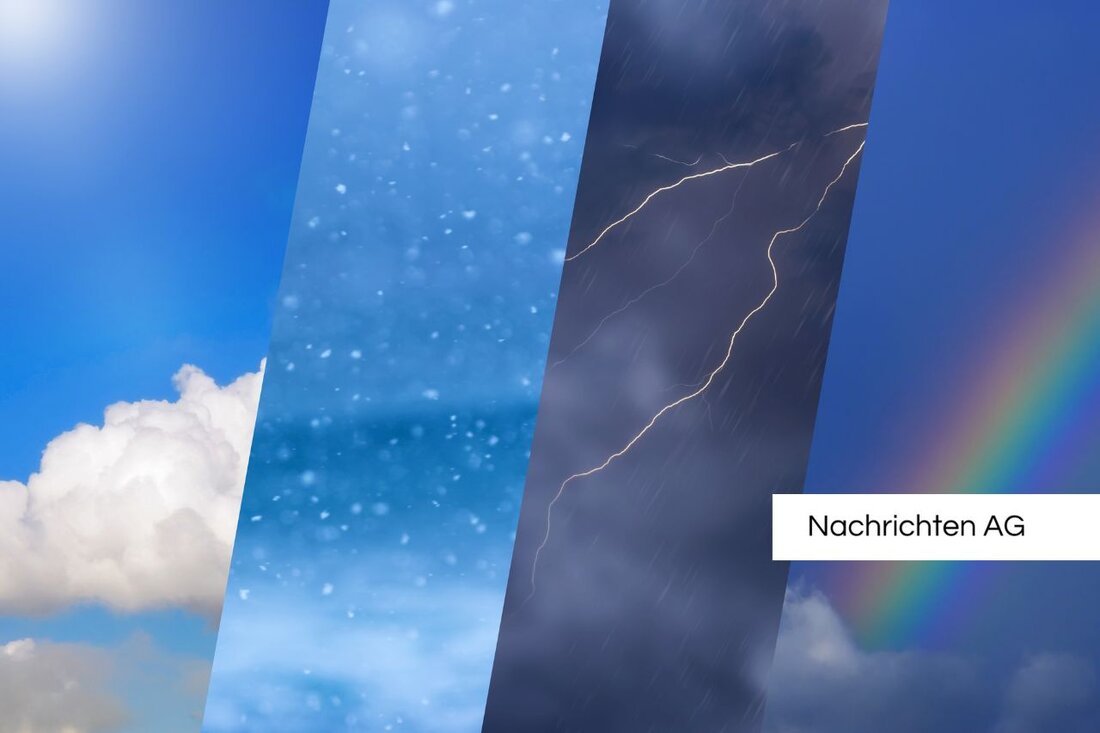Heat wave in Lower Saxony: temperatures over 38 degrees approaching!
Lower Saxony will experience hot temperatures at the end of June 2025. Experts expect summer weather until July, with record temperatures over 30 degrees.

Heat wave in Lower Saxony: temperatures over 38 degrees approaching!
The weather in Lower Saxony is currently at its best: after a mild start to June, the summer weather has impressively prevailed. How news38 reported, we can expect pleasant temperatures above 30 degrees over the next few days. We experienced the first hot days on the weekend of June 21st and 22nd, when the thermometer reached the 30 degree mark. An outlook for the coming days promises warm nights in which temperatures remain above 20 degrees.
June 2023 will be one of the hottest since weather records began in 1881. According to forecasts, further temperatures are expected in July that could be 1 to 2 degrees above the average for the years 1991 to 2020. According to the experts, a massive advance of warm air is causing this temperature rise, and only isolated showers and thunderstorms are forecast for the next 14 days.
Heat and its background
But what does this mean for climate development in Germany? In the latest monitoring report from the Federal Environment Agency, how Federal Environment Agency highlights, the temperature in Germany has increased by 1.7 °C since 1881, which is faster than the global average. This development cannot be explained by natural causes alone. Instead, there has been a temperature increase of 0.38 °C per decade over the last 50 years, which is reaching alarming proportions.
The number of hot days in Germany has more than tripled since 1951. As the summer months get hotter, fluctuations in precipitation show a worrying trend: while winter precipitation has increased by 26%, the annual amount of summer precipitation remains almost unchanged. When asked what the long-term impact of climate change could be, future forecasts predict a temperature increase of up to 2.3 °C by 2060.
Scientific foundations
The German Weather Service (DWD) has compiled decades of experience to put current weather conditions in a long-term climate context. This process involves calculating averages recorded over various 30-year periods to anchor natural fluctuations in weather patterns. According to the DWD, this recording of temperature, precipitation and other climate-relevant measurements that help us to better classify current weather events dwd executes.
With these long-term considerations, we can better understand current weather extremes - such as the heat wave that is currently luring us outdoors - in the context of historical changes in the state of the climate. It remains to be seen whether the weather will continue to be so good or whether the tropical heat-like compression will hit us out of nowhere.
The warm weather invites you to enjoy nature and outdoor fun. But we should also keep our eyes open for the long-term climate factors that will increasingly challenge us.

 Suche
Suche
 Mein Konto
Mein Konto